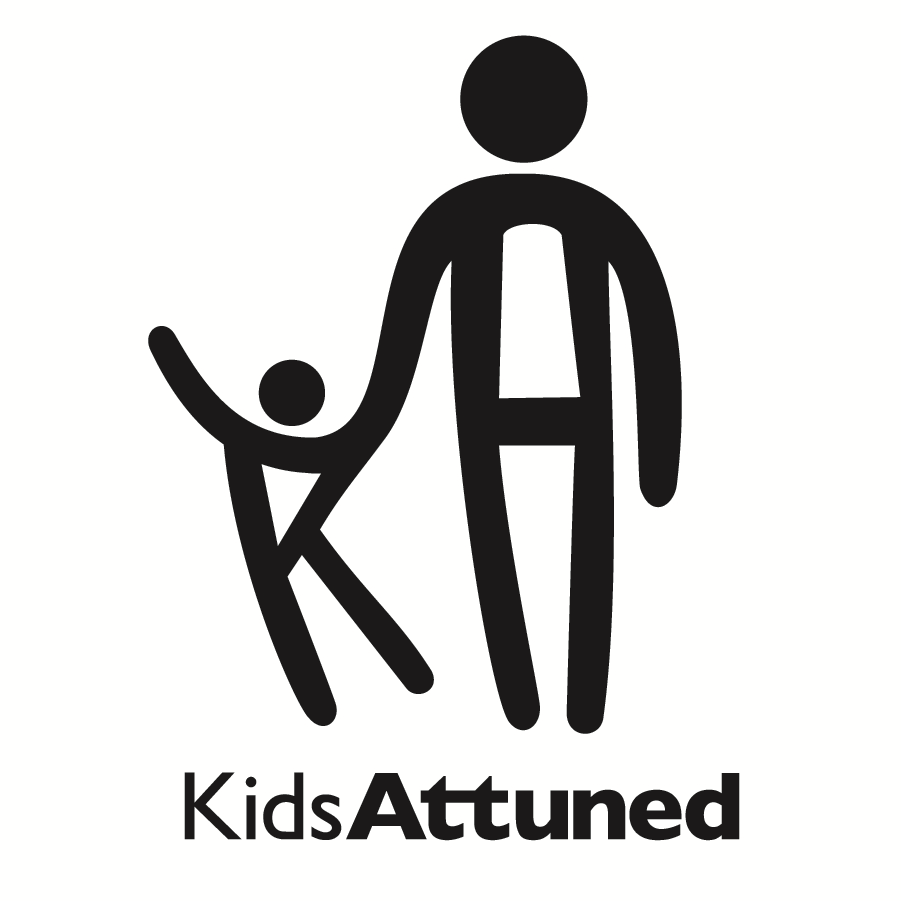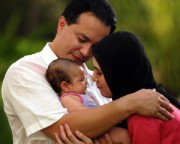The infant–family field is a complex container for the many interwoven components that create the fabric of family life and child development. For professionals, the components we attend to are often dictated by our particular education and training. Too often, a narrow focus will lead us down a limited or false path in understanding the roots of the challenges to the child’s development or the family’s ability to function. An introduction to this field of work requires equal attention to all aspects of growth, development and family life.
The KidsAttuned website intends to embrace the complexity of the field, invite professionals across all disciplines to participate, and create clear and straightforward information that enables people from every discipline to find a shared language and shared meaning for their work. By working together and becoming informed by each other’s perspectives, we enrich our own perspectives and deepen our capacity to serve the families who count on us.
As practitioners, we are rarely privileged to stand by families from the beginning. Typically, we bear witness to the family’s pain and confusion after months of their private struggle and ambivalence about the need to seek help from the likes of us. By the time we meet, the array of elements complicating the family picture have taken hold, and frequently mask underlying issues interfering with the family’s capacity to support a young child’s development. At the same time, we arrive at a moment of heightened emotions. We observe the vulnerability and disharmony in the emerging relationship first hand. What we see and hear comes at us with crescendo and vibrancy, all at once. This frequently overwhelming whoosh of experience calls upon us to pay attention to everything. Aware as I am of this experience of being overwhelmed by the needs of the child and family, I’m forced by the linear nature of narrative, to try to address this experience in layers, first describing each and then working to pull the ingredients together so that the whole of the work plays like a symphony.
What do we attend to in our work with parents and infants/ young children?
- Constitutional qualities of the baby/ child
- individual differences in sensory processing, motor patterns, cognition, communication, biological and social rhythms and reactivity, regulation of arousal and attention
- Constitutional qualities of the primary caregivers
- we often think of the constitutional characteristics of a child, but overlook individual differences in sensory processing, motor patterns, cognition, communication, and self-regulation in the parents
- we tend to talk about parents as a unit: remember they are also individuals, and different from each other in their behavior, thoughts, perceptions and coping styles
- Internal psychological processes in the parents
- parental histories, personalities, ways of coping with stress, wishes, dreams and fantasies about family life
- The family dynamics
- adjustment to parenthood, the interaction of the couple, roles and expectations of each parent and extended family members
- The social fabric surrounding the family members
- integration in their community, effects of immigration, feelings of isolation, personal culture and customs
- How we inform ourselves by using our own awareness of our constitutional make-up and our internal perceptions and reflections
↔ ↔ Stay tuned for section 2:
How do we arrive at our hypotheses about the needs of the family and the baby?
Barbara Kalmanson, Ph.D. is a Licensed Psychologist and Special Educator in private practice in the San Francisco Bay Area. She is a National Fellow of Zero-to-Three, Senior Faculty for the Interdisciplinary Council for Developmental and Learning Disorders (ICDL) and Senior Faculty of the Profectum Foundation.
Enter the text or HTML code here

